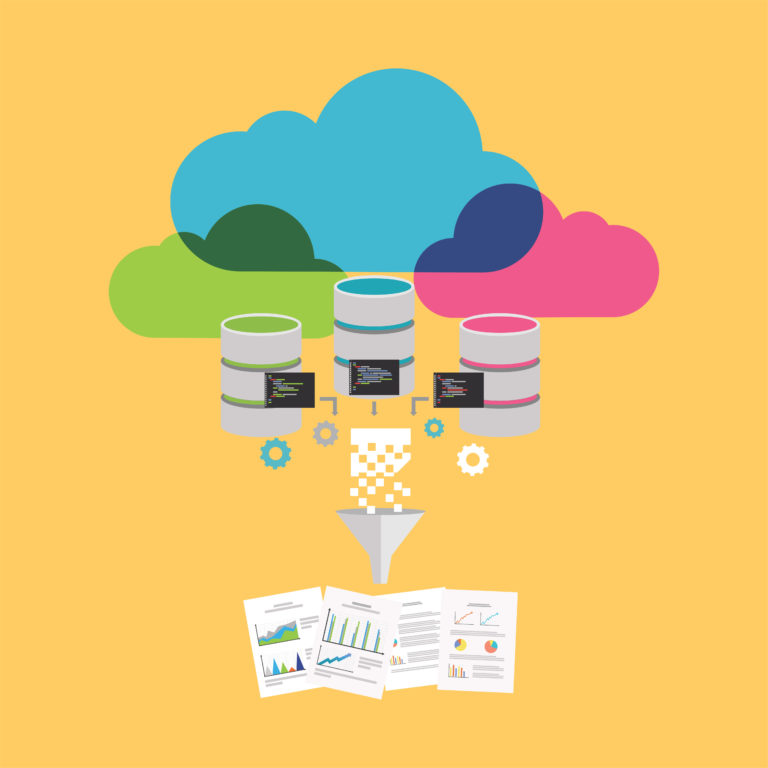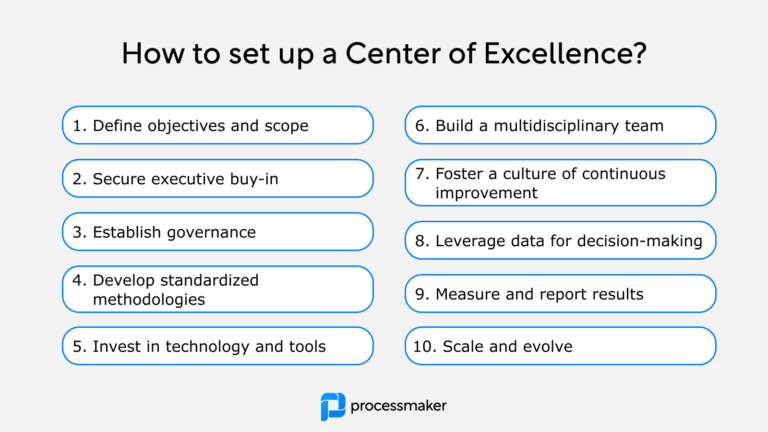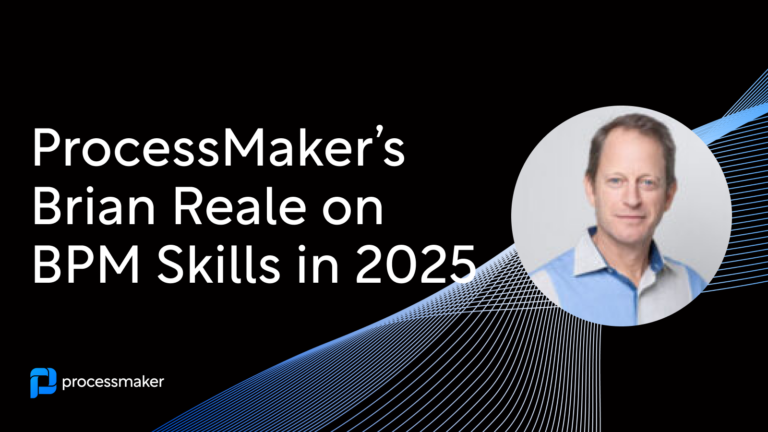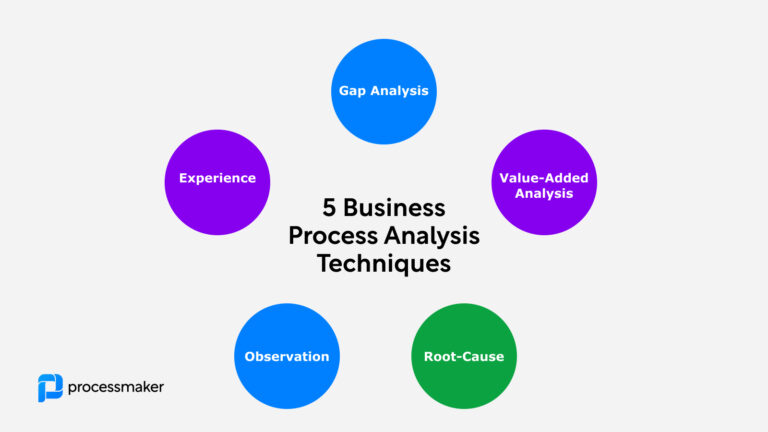Leaders in every industry are aware of the important role that data plays in modern organizations. Data allows organizations to better understand their customers, their competitors, and most importantly, the organization itself. The effective use of data requires a well-defined and executed data governance program. Data governance is complex, and few organizations do it well. One tool that greatly simplifies and improves the process is BPM software.
What is data governance?
Data governance is essentially a system for defining how data is collected and processed within an organization. It is becoming an increasingly important topic with the need for governance surrounding the citizen developer movement, while answering questions such as:
- Who has access to data?
- Who owns data?
- What security measures are used to protect privacy and data?
- What data sources can be used?
An effective data governance program ensures that data is consistent, reliable, and secure. The program typically includes a governance team and group of data stewards. These teams work together to define, develop, implement, and enforce data procedures within an organization.
Data governance is often confused with the term data management. Data governance, however, is just one aspect of the larger discipline of data management. It is a function that supports an organization’s overall data management strategy, which Gartner defines as “the practices, architectural techniques, and tools for achieving consistent access to and delivery of data across the spectrum of data subject areas and data structure types in the enterprise, to meet the data consumption requirements of all applications and business processes.”
Why data governance programs fail
Most data governance programs are ineffective. A recent McKinsey report attributes this to data governance becoming “a set of policies and guidance relegated to a support function executed by IT and not widely followed – rendering the initiatives that data powers equally ineffective.” Another reason, according to Gartner analyst Andrew White is that organizations make the mistake of focusing on data rather than the desired business outcomes of a data governance program.
Failed data governance initiatives result in widespread operational deficiencies. For instance, respondents to the McKinsey 2019 Global Data Transformation Survey reported that an average of 30% of their total enterprise time was spent on non-value-added tasks due to poor data quality and availability.
For data governance programs to succeed, organizations must:
Involve key stakeholders
Effective data governance requires the participation of key stakeholders across an organization and not just IT teams. When creating a data governance team, an organization can benefit from including stakeholders from a broad range of departments. For instance, sales, marketing, legal, finance, and IT. This approach ensures that priorities within large organizations are integrated into data governance policies and procedures.
Streamline processes
Data governance programs require well defined processes that are easy to follow. Creating data standards, however, is complex. Using business process management principles, organizations can simplify the process and continually improve governance processes over time.
Choose the right technology
Leveraging the right technology is key to the success of your data governance program. It is unlikely that you will find one tool that will meet all your data needs. For this reason, you will need a solution that makes it easy to integrate third-party tools, implement automation, and ensure that data governance processes run smoothly. Organizations can meet these disparate needs with business process management software (BPM software).
Data Governance and BPM Software
BPM software is a process automation tool. It makes it easy for organizations to model, automate, manage, and optimize business processes. Data governance is itself a business process. Organizations must define the owners of the process and the custodians that will oversee data. From there they create standards and procedures to specify how data is used within an organization. BPM software helps stakeholders design data governance processes. Moreover, easy to follow visualizations of processes helps stakeholders understand how data is collected, used, and stored.
BPM software also helps implement data governance procedures in an organization’s business processes as well as improve data quality. Organizations collect, validate, and enrich data in many different ways. If data quality methods are used without considering how data is used in a business process, they are unlikely to yield results. In other words, if business processes are not taken into account, data will suffer from the same process deficiencies that organizations are trying to improve through the use of data.
Organizations located all over the world rely on ProcessMaker’s innovative low-code BPM software to establish, implement, and improve their data governance programs.





